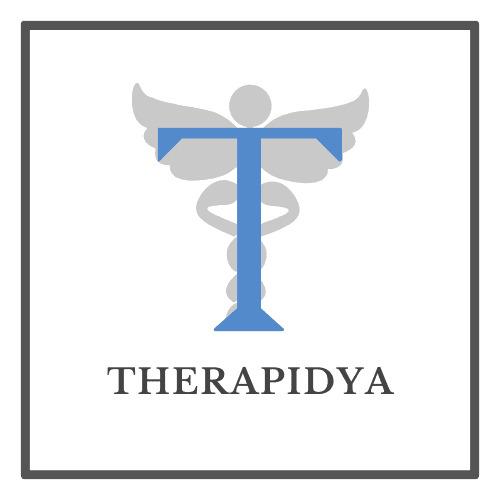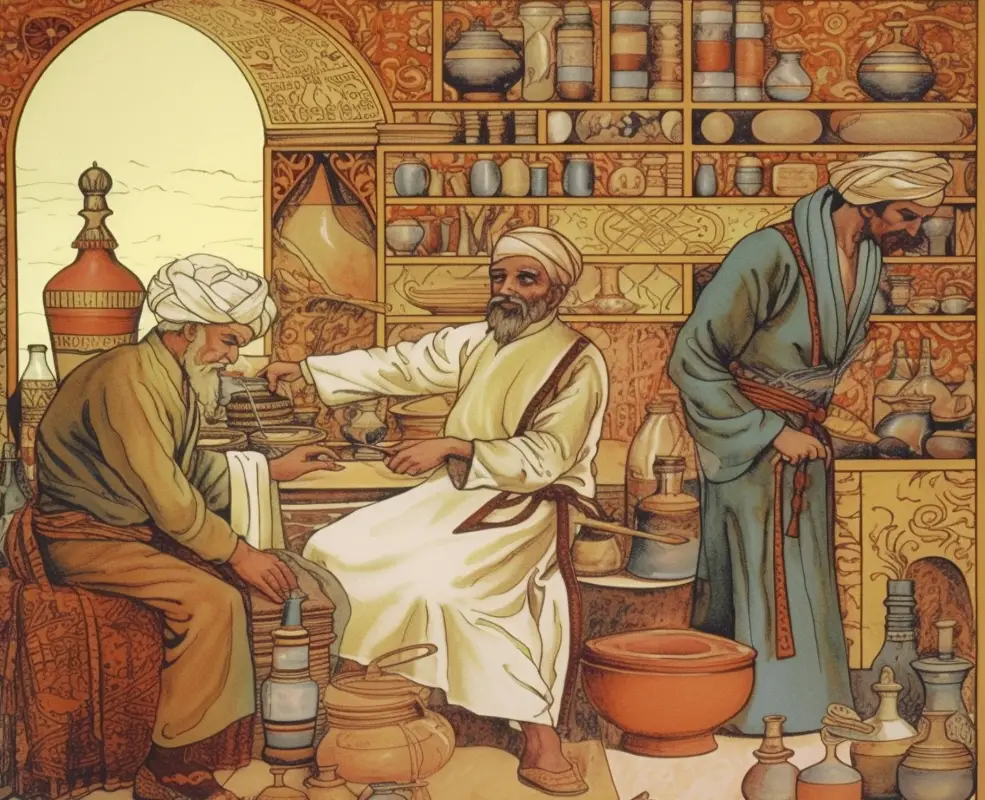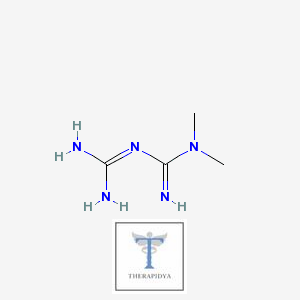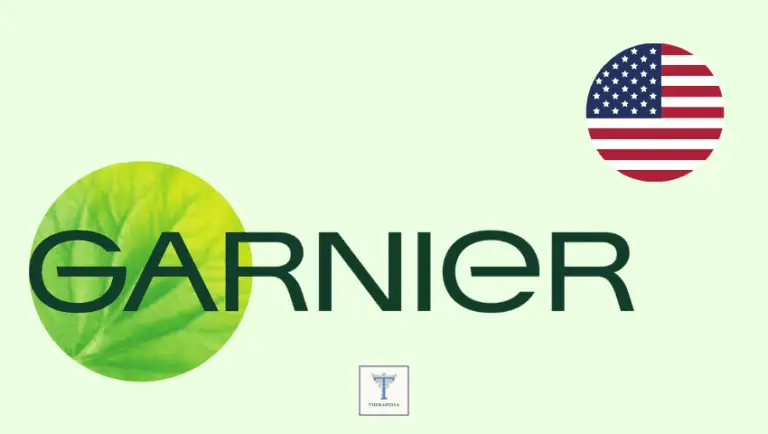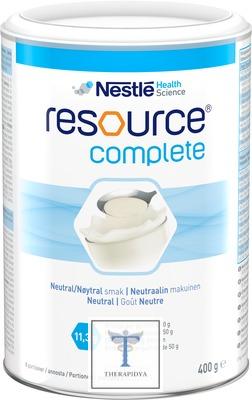Ancient Arabic Medicine: A Comprehensive Insight
Explore the fascinating world of Ancient Arabic Medicine with our comprehensive article. Explore the intricacies of its history, influential figures, innovations, and holistic approach to health. Uncover how its lasting impact continues to shape modern medicine and learn how to incorporate these ancient practices into your daily life. Don’t miss this opportunity to enhance your understanding and enrich your well-being.
Imagine a world without advanced medical technology, without a wealth of knowledge and techniques that shaped modern medicine. In this article, we explore the fascinating world of Ancient Arabic Medicine and its relevance today. We’ll dive into its history, influential figures, innovations, and holistic approaches to understand its lasting impact on our lives.
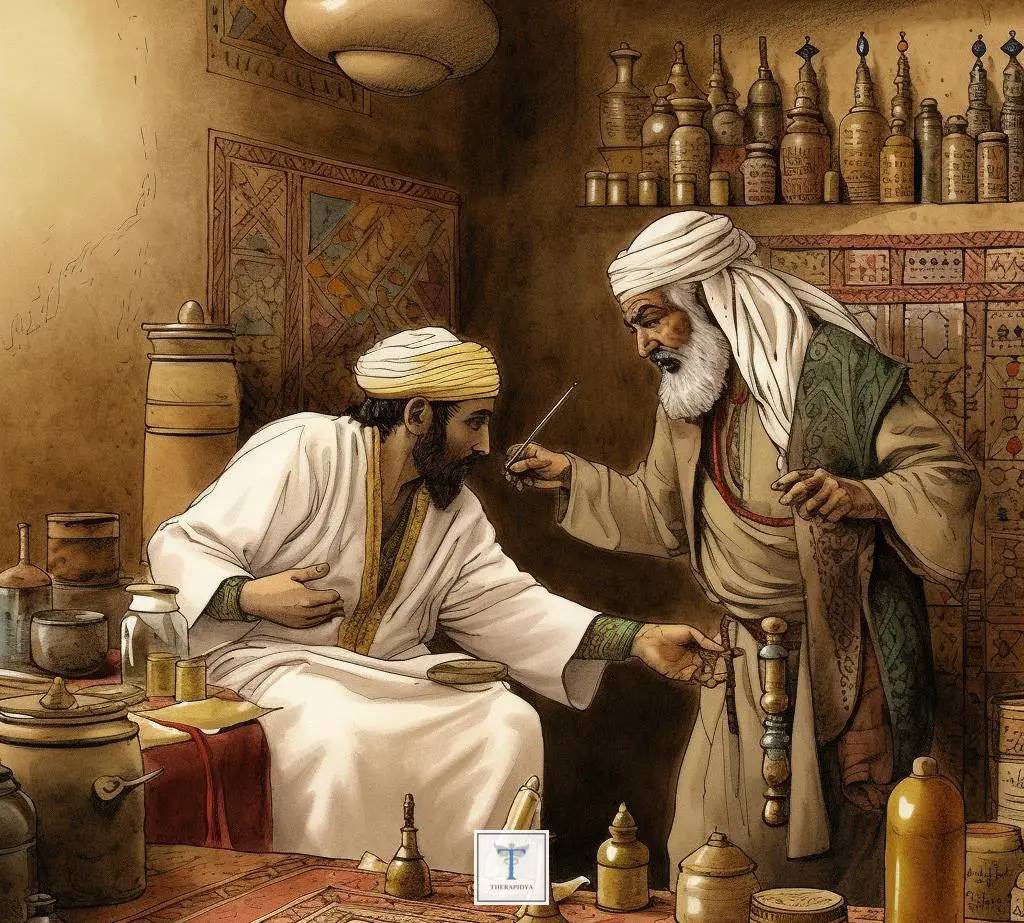
Background and Context
A Brief History of Ancient Arabic Medicine
Ancient Arabic Medicine has its roots in multiple ancient traditions, including Greek, Indian, and Persian medicine. During the Islamic Golden Age (8th-13th centuries), the Arab world became a center of learning and knowledge, translating and building upon earlier medical works. This period saw many advancements in medical theory and practice.
Key Concepts, Terms, and Theories
- The Four Humors: Inherited from Greco-Roman medicine, the theory of the four humors – blood, phlegm, yellow bile, and black bile – was essential in understanding health and illness. It was believed that maintaining a balance between these humors would lead to good health.
- Alchemy and Pharmacology: Ancient Arabic medicine emphasized the importance of developing effective medications from plants, minerals, and other substances.
- Surgery and Anatomical Knowledge: Building upon earlier knowledge, Arabic physicians and surgeons made significant contributions to the understanding of human anatomy and surgical techniques.
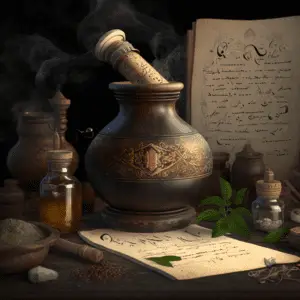
Recent Developments and Trends
Modern scholars have rediscovered and reevaluated ancient Arabic texts, recognizing their influence on contemporary medicine. The holistic approach to health, which emphasizes prevention and balance, is increasingly appreciated and applied today.
Influential Figures
Let’s look at some of the most prominent figures who shaped Ancient Arabic Medicine:
Al-Razi (Rhazes)
Muhammad ibn Zakariya al-Razi, known as Rhazes in the West, was a Persian polymath who made significant contributions to medicine. His most famous work, Kitab al-Hawi (The Comprehensive Book), compiled his own medical knowledge along with Greek, Indian, and Persian sources.

Ibn Sina (Avicenna)
Ibn Sina, or Avicenna, was a Persian philosopher and physician. His most influential work, The Canon of Medicine, became the standard medical textbook in the Islamic world and Europe for centuries. The Canon synthesized existing medical knowledge and introduced new concepts and techniques.
Al-Zahrawi (Abulcasis)
Al-Zahrawi, also known as Abulcasis, was an Andalusian physician and surgeon. His famous work, Al-Tasrif (The Method of Medicine), discussed various medical topics, including surgery, pharmacology, and orthopedics. Al-Tasrif was instrumental in the development of surgical instruments and techniques.
Medical Texts and Contributions
The Canon of Medicine
Avicenna’s Canon of Medicine was an encyclopedic work that covered various aspects of medicine, including diagnosis, treatment, and pharmacology. The Canon was translated into Latin in the 12th century and became an essential medical text in Europe until the 17th century.
Kitab al-Hawi (The Comprehensive Book)
Rhazes’Kitab al-Hawi was a vast medical encyclopedia that compiled existing knowledge from Greek, Indian, and Persian sources, as well as Rhazes’ own observations and experiences. The book covered topics such as diagnosis, treatment, and pharmacology, making it a valuable resource for physicians of the time.
Al-Tasrif (The Method of Medicine)
Al-Zahrawi’s Al-Tasrif was a 30-volume medical treatise that covered various aspects of medicine. It included detailed descriptions of over 200 surgical instruments and discussed topics such as cauterization, amputation, and obstetrics. Al-Tasrif played a crucial role in the development of surgical techniques and instruments in Europe.
Innovations and Techniques
Hospitals and Medical Education
Ancient Arabic medicine saw the establishment of hospitals (bimaristans) that provided care for the sick and served as centers for medical education. Medical students would study under renowned physicians and gain hands-on experience by treating patients.
Pharmacology and Drug Development
Arabic physicians made significant advancements in pharmacology, discovering new drugs and refining existing ones. They developed detailed drug classifications and documented their properties, effects, and dosages in extensive pharmacopeias.
Surgical Instruments and Procedures
Al-Zahrawi’s detailed descriptions of surgical instruments in Al-Tasrif led to the development and improvement of various tools and techniques. Many of these instruments are still used in modern surgery, showcasing the lasting impact of Ancient Arabic Medicine.
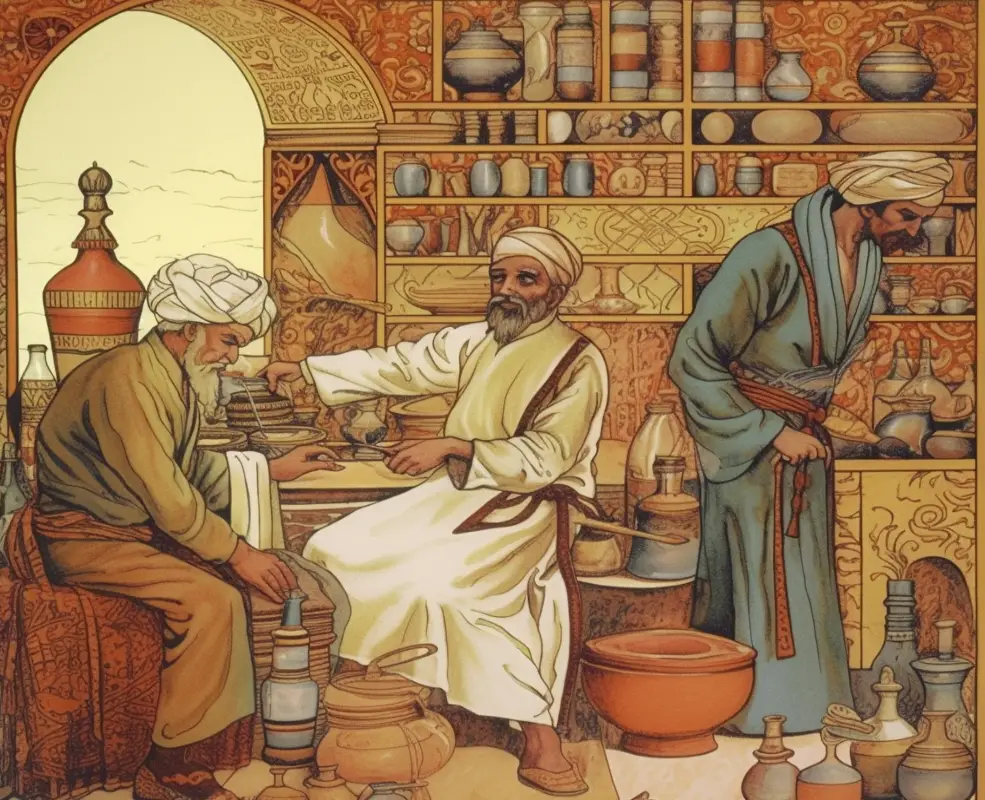
Holistic Approach and Lifestyle
Ancient Arabic medicine embraced a holistic approach to health and well-being, emphasizing the importance of maintaining a balance between the body, mind, and soul. This approach included:
- Diet and Nutrition: Proper nutrition was considered essential for good health. Physicians recommended a balanced diet and provided dietary guidelines based on an individual’s age, constitution, and health status.
- Physical Activity: Regular exercise was prescribed to maintain physical strength, flexibility, and overall health.
- Mental Health: Arabic medicine recognized the link between mental and physical health, recommending relaxation techniques, meditation, and stress management to maintain mental well-being.
- Hygiene and Cleanliness: Personal hygiene and environmental cleanliness were regarded as crucial factors in disease prevention and overall health.
Practical Applications and Recommendations
Ancient Arabic medicine offers valuable insights and practices that can be applied in modern times:
- Embrace a holistic approach to health by considering the balance of physical, mental, and emotional well-being.
- Pay attention to diet and nutrition, and aim for a balanced, healthy lifestyle.
- Seek natural remedies and preventive measures before resorting to more invasive treatments.
- Maintain personal hygiene and environmental cleanliness to reduce the risk of illness.
Conclusion
Ancient Arabic Medicine has made lasting contributions to our understanding of health and well-being. Its holistic approach, innovative techniques, and influential figures continue to shape modern medicine. By revisiting and embracing these principles, we can improve our health and enrich our lives
Frequently Asked Questions (FAQ)
Q: What is Ancient Arabic Medicine?
A: Ancient Arabic Medicine is a medical tradition that originated during the Islamic Golden Age (8th-13th centuries), drawing from Greek, Indian, and Persian sources. It made significant contributions to medical theory and practice, many of which continue to influence modern medicine.
Q: Who are the key figures in Ancient Arabic Medicine?
A: Some of the most influential figures in Ancient Arabic Medicine include Al-Razi (Rhazes), Ibn Sina (Avicenna), and Al-Zahrawi (Abulcasis). Their works and contributions have had a lasting impact on medicine.
Q: What are the main innovations and techniques of Ancient Arabic Medicine?
A: Ancient Arabic Medicine introduced innovations such as hospitals, advancements in pharmacology and drug development, and surgical instruments and procedures. It also emphasized a holistic approach to health and well-being.
Q: How can we apply the principles of Ancient Arabic Medicine today?
A: We can apply the principles of Ancient Arabic Medicine by embracing a holistic approach to health, focusing on diet and nutrition, seeking natural remedies and preventive measures, and maintaining personal hygiene and environmental cleanliness.
This post is also available in: العربية (Arabic) Dansk (Danish) Nederlands (Dutch) Français (French) Deutsch (German) עברית (Hebrew) Italiano (Italian) Polski (Polish) Română (Romanian) Русский (Russian) Español (Spanish) Български (Bulgarian) Ελληνικά (Greek) Magyar (Hungarian) Português (Portuguese (Portugal))
